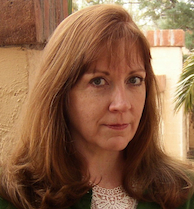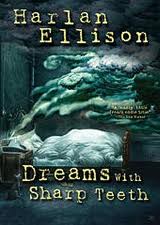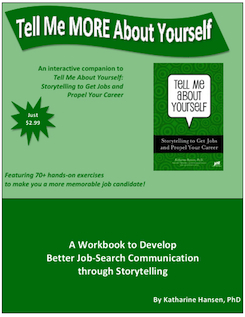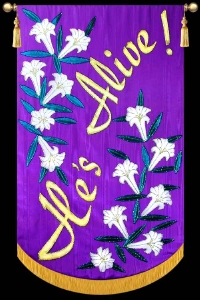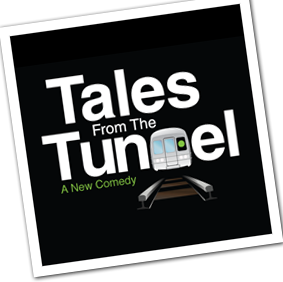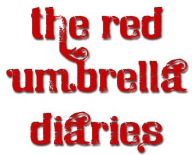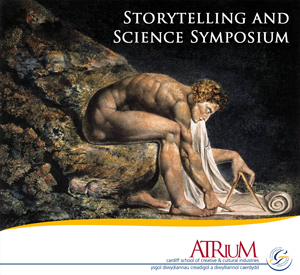See a photo of Jane, her bio, and Part 1 of this Q&A.
Q&A with Jane Freese, Question 2:
Q: How did you initially become involved with story/storytelling/narrative? What attracted you to this field? What do you love about it?
A: I became involved in story through a storytelling course for information professionals taught by Elizabeth Figa at the University of North Texas School of Library and Information Science. Her course has won several awards, so I enrolled thinking it would be fun. It was more challenging than I expected.
Most of the other students were interested in how to use storytelling in their work as school librarians or in youth library services. I was interested in applying it to finding a job after graduation. Libraries are being hard hit financially, so I needed to expand my job search to information careers outside of libraries. I expected that I would need to market myself, and storytelling presented a method to do it. I didn’t expect to find as much information about storytelling in business as I did. Delighted to find your book, Tell Me About Yourself: Storytelling to Get Jobs and Propel Your Career, and other books about personal branding that stress the importance of storytelling in the job hunting and interview process, I wanted to share what I learned. Consequently, I formed the Storytelling for Job Seekers Workshop.
What interests me most is how storytelling impacts our inner lives. Once
I became attuned to stories, I realized how the stories we tell to ourselves about ourselves guide our course through life. Our stories tell us what we value and believe. What I think we don’t realize is that how we view and interpret the events in our lives is a choice. It is our story, unique to us, and how we chose to tell it to ourselves and others is under our control. For job-seekers, storytelling is a powerful tool to highlight skills, experience, character, and values. Armed with self-knowledge, we can target employment we are best suited for and communicate authentically what we have to offer.
The rule of thumb for resumes is that any experience prior to 10 years ago is irrelevant. For older job-seekers, this discounts their best assets: knowledge and maturity. Storytelling offers them an opportunity to present their valuable past experience.
Image credit: California Teachers Exchange

